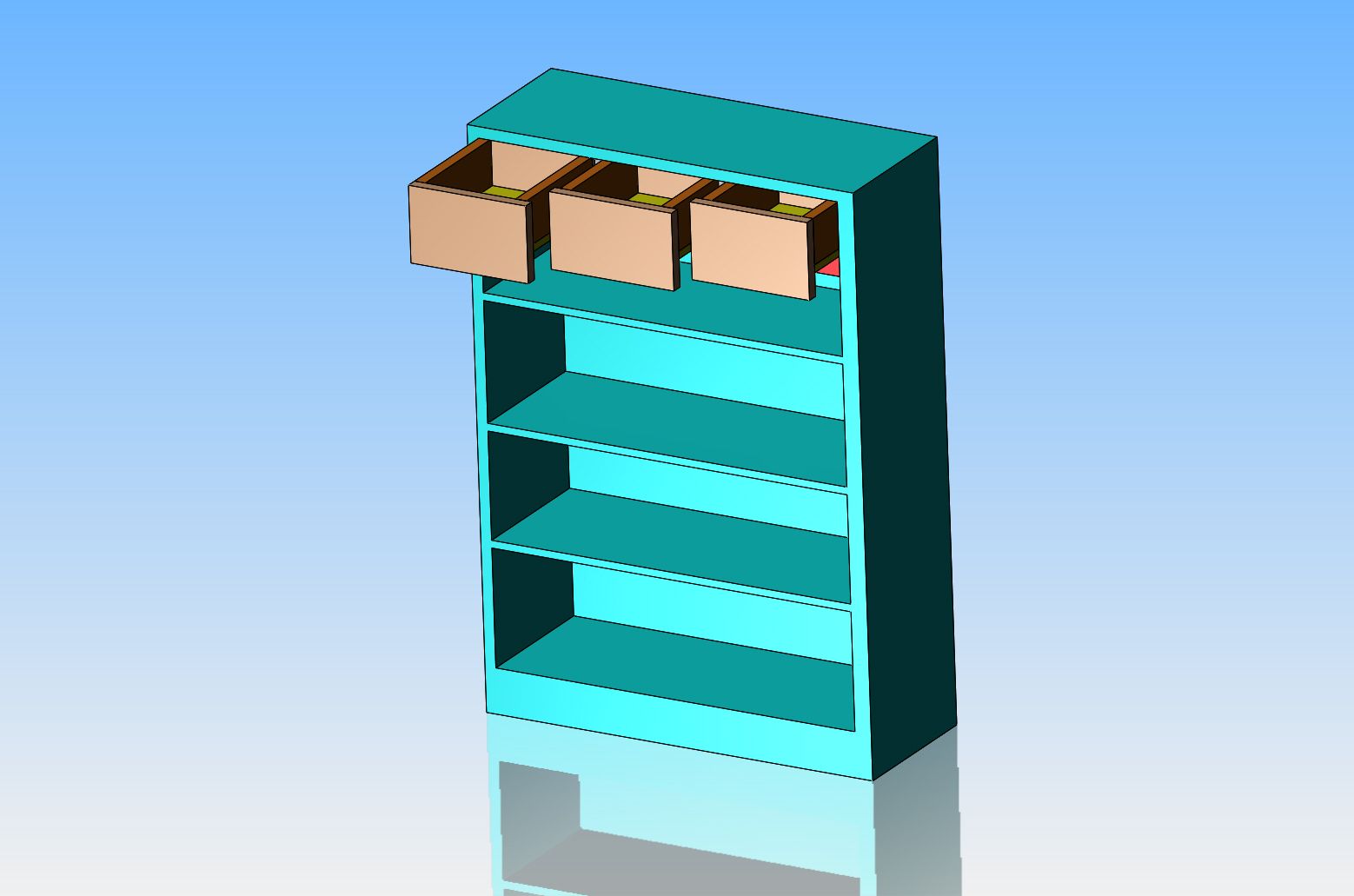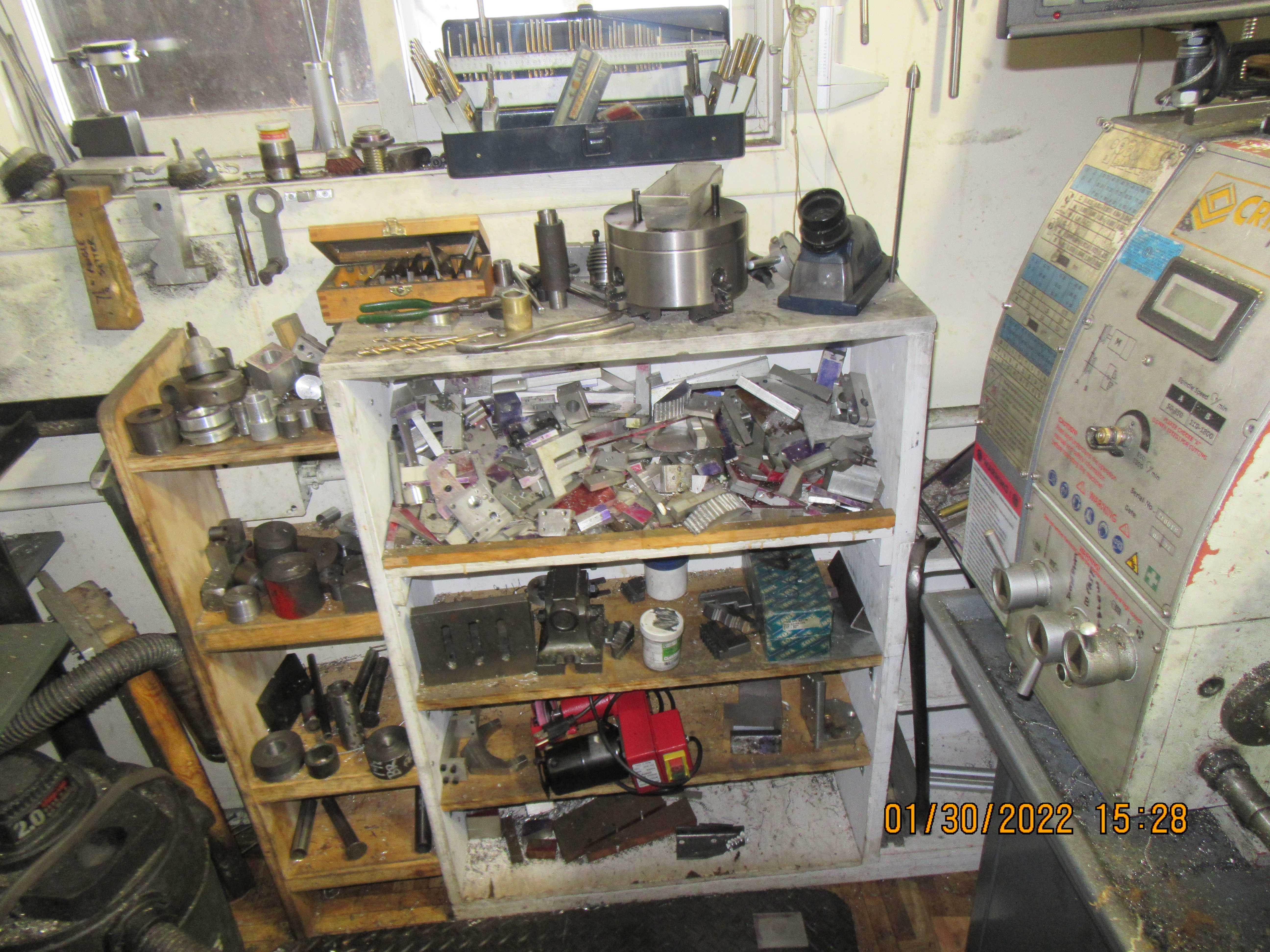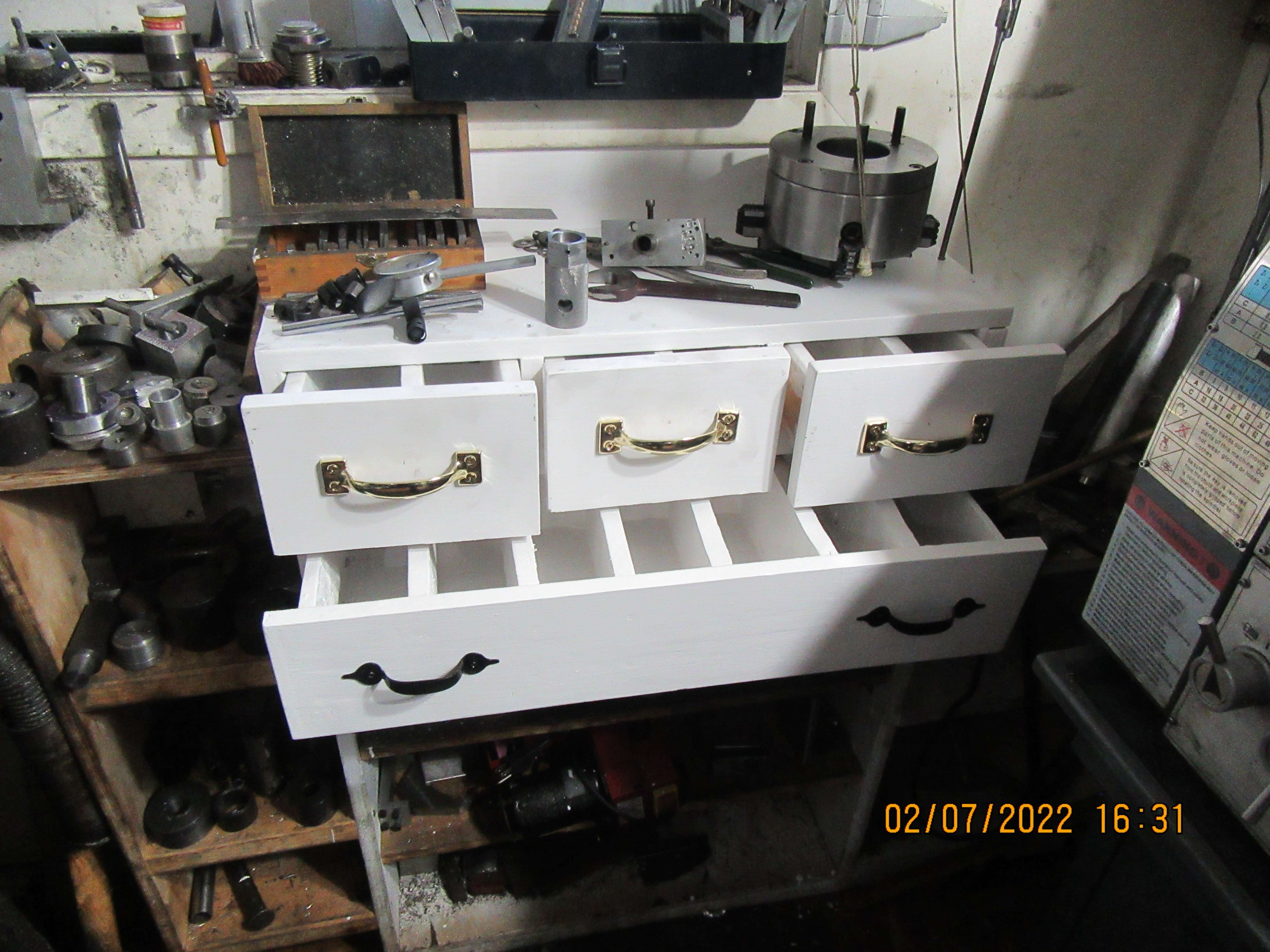I think you are describing dados (dadoes?) rather than rabbets - ?? IIRC rabbets are along an edge, forming a sort of step, where dados (dadoes?) are grooves. But my memory is fuzzy - maybe someone else can give a definitive answer ...
Your description is correct. Rabbets are along the perimeter. Dados are grooves or as I refer to them as plows are in the field.
I am a retired carpenter and have worked in cabinet shops as well.
Rabbets and dados can be made in many ways. Cabinet saw with dado blades or even a single blade with several passes. Routers, shapers, radial arm saws and even jointers.
I have made and cleaned up rabbets and dados with hand tools too. There are router planes chisel planes and rabbet planes , they all can do the same as power tools, just slower.
most of these joints are probably done on a cabinet or contractors saw.
I have a method that will assure that the joints are the same depth all the way thru. Often , because a board is not completely flat , the result will be an inconsistent depth.
Make a wood insert for the saw table that has a slight ( 1/16" ) or so hump that is in the center and blends to 0 at each end. Sanding the insert probably to a slight hump is the easiest way.
The idea is to have the board pass over the blades at a high point for a full depth of cut.
If an insert without the hump is used and the board is not completely flat , then the depth of the dado may vary.
If you use a power feeder then the wood insert is not needed. The weight of the feeder will push the board flat as it passes over the blades.
I imagine few of us have a power feeder , I do myself .
Hope this info is helpful.
mike














































































